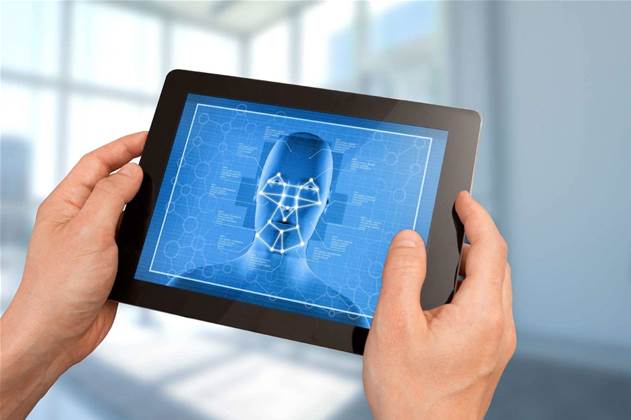Victoria is hoping to become one of the first states or territories to grant access to its database of drivers licence images when the national facial biometric matching capability goes live next year.

The state's roads and traffic authority VicRoads has been tasked with delivering the capability on behalf of Victoria, and is working towards a deadline of mid-next year to get its house in order.
Federal, state and territory governments last month agreed to establish the capability to allow law enforcement agencies to share and access identity information in real time.
The capability will consist of two central components [pdf]: a national drivers licence facial recognition solution to make images available to agencies, and a central hub to facilitate the transmission of images between agencies.
Whereas the solution will involve creating a federated database that provides each state and territory its own portioned data store, the hub acts as a router for sharing images from existing databases and was introduced late last year to support initial matching services.
Both are being co-ordinated by the federal Attorney-General’s Department, and will support existing matching services offered by the department, including the face verification service and face identification service.
For VicRoads, the national driver licence facial recognition system will represent the agency's first foray into the realm of biometrics, according to director of service strategy Jill Fitzroy.
“Currently VicRoads does not have a facial recognition capability, and our entry into that and the mechanism that we are using to access facial recognition is the national driver licence facial recognition solution,” she told a Biometrics Institute conference in Canberra last week.
“Our participation in this national system is both to supply the biometric biographic information on behalf of Victoria, as well as to facilitate the use of that biometric information.”
The agency will manage the Victorian records held in the national system, and oversee one of the eight data stores or “cylinders” that will make up the drivers licence recognition solution.
“What that means is we will have approximately four million biometric records under active management,” she said.
“We will have the facial biometric capture capability across our network of 38 physical locations, we will perform the information, security and privacy assessments, review the quality of that data, and ensure a robust and available connectivity between us and the capability nationally.”
To do this VicRoads has been allocated a budget of $3.2 million and committed a team of 15 people to complete the project by mid-2018.
The federal government is currently planning for Commonwealth images to be accessible through the national capability in time for the 2018 Commonwealth Games next April, with a complete cache of driver licence images to follow in the second half of next year.
As the “operational execution arm” for the capability in Victoria, Fitzroy said VicRoads was currently working with other agencies across the state on the project.
This includes collaborating with the Department of Justice and Regulation for working with children checks, the Department of Premier and Cabinet and Services Victoria for how biometrics could open up opportunities for digital identity, and Victoria Police.
“Key to our strategic direction in the next couple of years is biometrics and facial recognition as a backbone to identity,” she said.
Fitzroy also said that while the primary objective of the national drivers licence facial recognition solution was to support law enforcement for serious crimes, it was also to enforce the national policy principle of ‘one person, one licence’.
“We know with the increasing population movement across the country, as people move across borders more than they did, the need for us to tighten up where there might have been loop holes is important," she said.
“We know we can improve data quality for registration, transfers and renewals, which leads to downstream benefits for our other stakeholders across industry.”




_(22).jpg&h=140&w=231&c=1&s=0)
_(20).jpg&h=140&w=231&c=1&s=0)





 iTnews Executive Retreat - Security Leaders Edition
iTnews Executive Retreat - Security Leaders Edition












_(1).jpg&h=140&w=231&c=1&s=0)



